#vitis vulpina
Photo
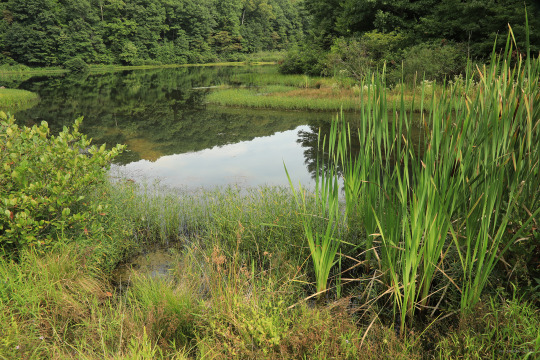
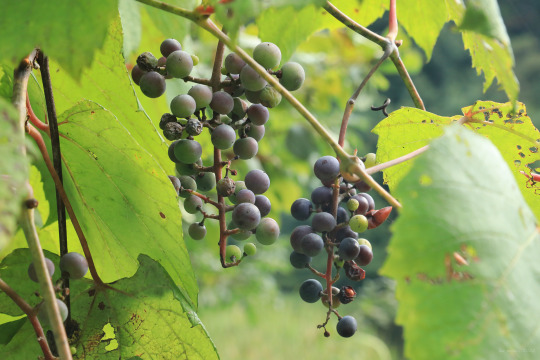
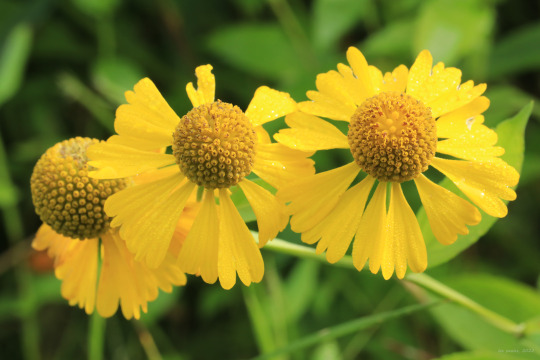

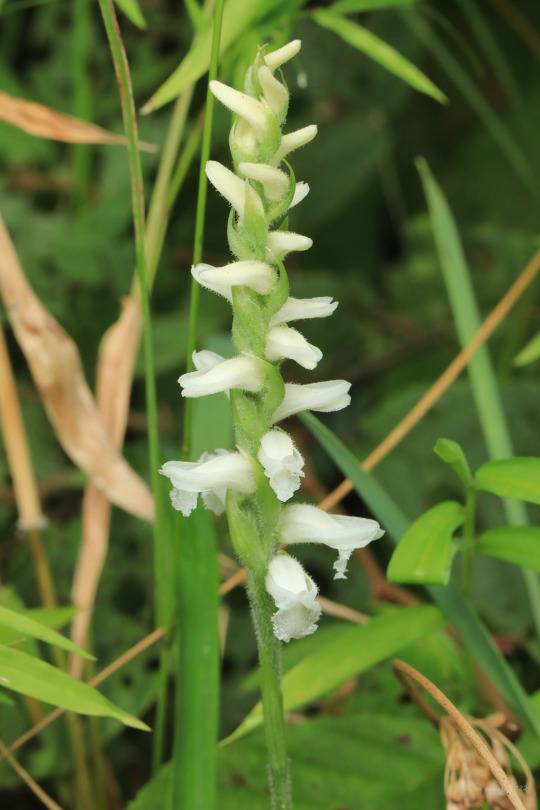

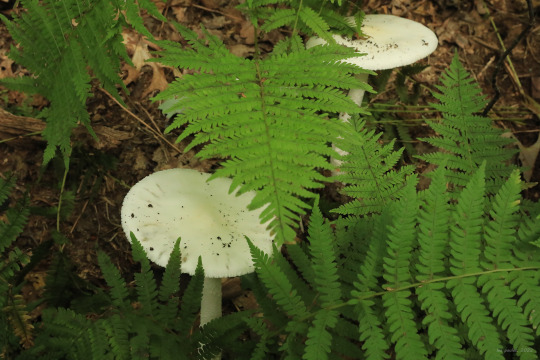
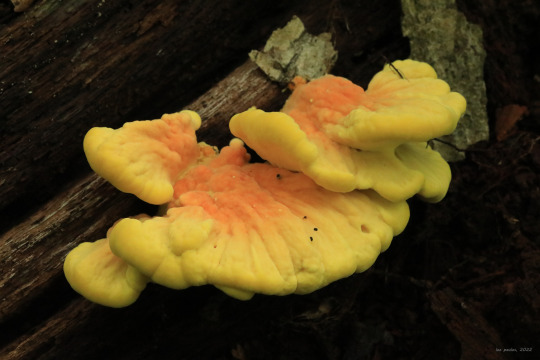
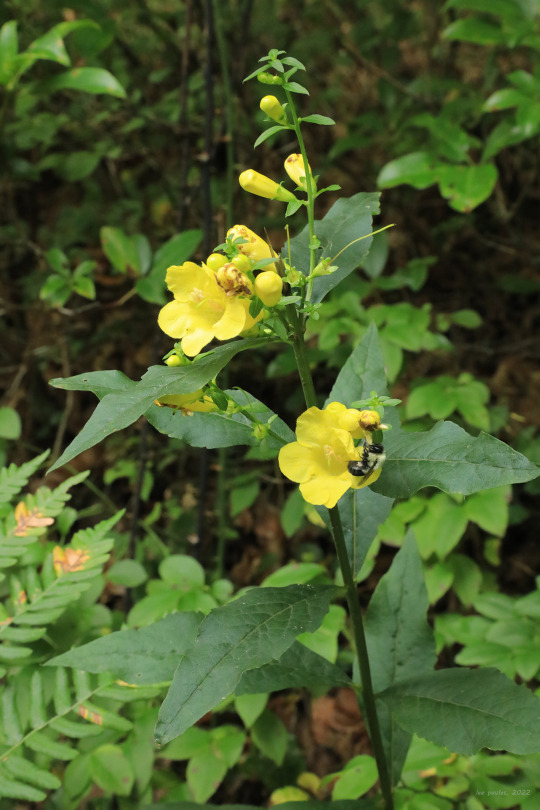
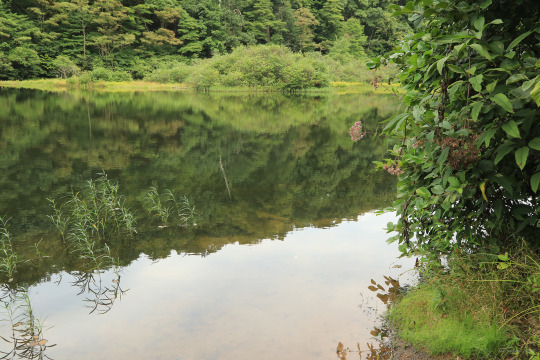
More late summer treasure from a short hike around Messinger Lake (a.k.a., trout pond) at Coopers Rock State Forest.
From top: the nearly ripe berries of frost grape (Vitis vulpina)*, whose fruit reaches full maturity just before the first frost of October; sneezeweed (Helenium autumnale), whose dried leaves were once used as an ingredient in snuff; Indian pipe (Monotropa uniflora), also known as ghost plant and corpse plant, a parasitic plant that derives nutrients from trees via a mycorrhizal relationship with fungi; Appalachian ladies’ tresses (Spiranthes arcisepala), a late summer orchid found growing at the moist edges of wetlands; white wood aster (Eurybia divaricata), a late-summer perennial of Appalachia’s rich woods and clearings; a pair of eastern destroying angels (Amanita bisporigera) hiding in the ferns, an idyllic spot for these deadly beauties; a young sulphur shelf fungus (Laetiporus sulphureus), also known as chicken-of-the-woods, at prime edibility; and Appalachian oak-leech (Aureolaria laevigata), also known as entireleaf yellow false foxglove and smooth false foxglove, a partially-parasitic plant that attaches to and derives nutrients from oak tree roots while also creating energy from photosynthesis.
* Corrected the scientific name from an earlier post.
#appalachia#vandalia#west virginia#late summer#flora#wildflowers#fungi#vitis vulpina#frost grape#helenium autumnale#sneezeweed#monotropa uniflora#indian pipe#ghost plant#corpse plant#spiranthes arcisepala#appalachian ladies' tresses#eurybia divaricata#white wood aster#amanita bisporigera#eastern destroying angel#destroying angel#laetiporus sulphureus#sulphur shelf#chicken-of-the-woods#aureolaria laevigata#appalachian oak-leech#entireleaf yellow false foxglove#smooth false foxglove#coopers rock state forest
72 notes
·
View notes
Text
Regiões Produtoras – Estados Unidos
Conhecido por seus vinhos tintos e brancos intensos e frutados, com mais de 228.000 hectares de regiões produtoras (Califórnia, Noroeste, Nordeste, Meio-Oeste, Sudeste e Sudoeste), com mais de 200 AVAs...
O vinho americano tem uma longa história, desde sua descoberta, as pessoas vêm tentando produzir vinho a partir de variedades locais (Vitis labrusca, Vitis riparia, Vitis rotundifolia, Vitis vulpina e Vitis amurensis), a uva comum é chamada de americana, e o vinho produzido é simples e não muito saboroso.
A partir de 1619, começaram a chegar uvas viníferas europeias e mudas de vinicultores na…

View On WordPress
#amovinho#brasil#brazil#champagne#cheers#DomErnandes#domernandesembaixador#embaixadorwine#embaixadorwineventos#food winery#france#gastronomia#instagood#instagram#instavinho#instawine#love#misturagastronomica#Portugal#redwine#saopaulo#sommelier#vin#vinho#Vinhos#vinhotinto#vino#Wine#winelover#winelovers
2 notes
·
View notes
Text
Introduction/Table of Contents
Welcome to my garden!
I will be placing plant information here as I learn it. The plants this blog will be focusing on will be ones that I am currently interested in, am planting, or have identified on my own. Each post will contain the plant name, scientific name (if I was able to figure it out which plant I have), how to plant it, care for it, harvest it, save seeds from it, and if it companion plants with other plants (with links hopefully). If you’re interested in Herbs and how to heal with them, you can check out my blog @herbalist-thalkon where I will be updating my research into healing with plants. There will most likely be cross posts, but the posts on this side will deal with more growing and maintaining the plant, whereas the posts on my other blog will have more information on recipes, healing properties, and anything else that I felt was needed to be added to the posts. So, without further ado, the table of contents.
Table of Contents
Pincushion Peperomia
Lace Aloe
Eve’s Pin Cactus
Hobbit Jade Plant
Pennyroyal
German Chamomile
Calendula
Wormwood
Statice
Tansy
Rover Bellflower
Norway Maple
Yellow Sheep-Sorrel
American Burnweed
English Ivy
Munson’s Grape
Sweet Rocket
Pigeonberry
Shepherd’s Purse
Taraxacum Campylodes?
Bird’s Rape
Hairy Crabgrass
Jesusplant
Motherwort
Slender Yellow Woodsorrel
Sun Spurge
Prostrate Knotweed
Jagged Chickweeds
Rhubarb?
Fat-Hen?
Epipactis Helleborine?
Hoary Bowlesia?
Borage?
Bishop’s Weed?
Stiff Hedgenettle?
Hedge Woundwort, Whitespot?
Vitis Vulpina (Frost Grape)
Canadian Goldenrod
Garlic Chive
Peach Tree
1 note
·
View note
Text
0 notes
Text


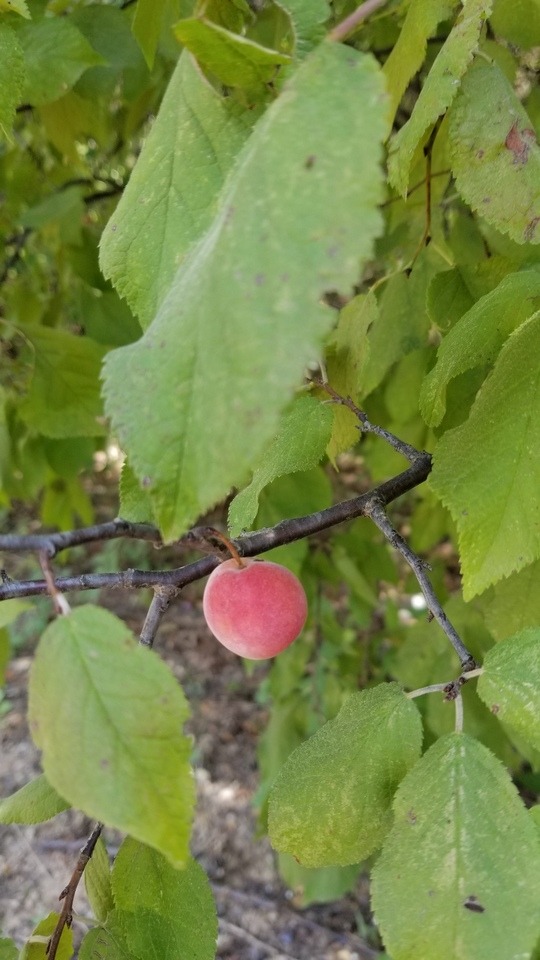




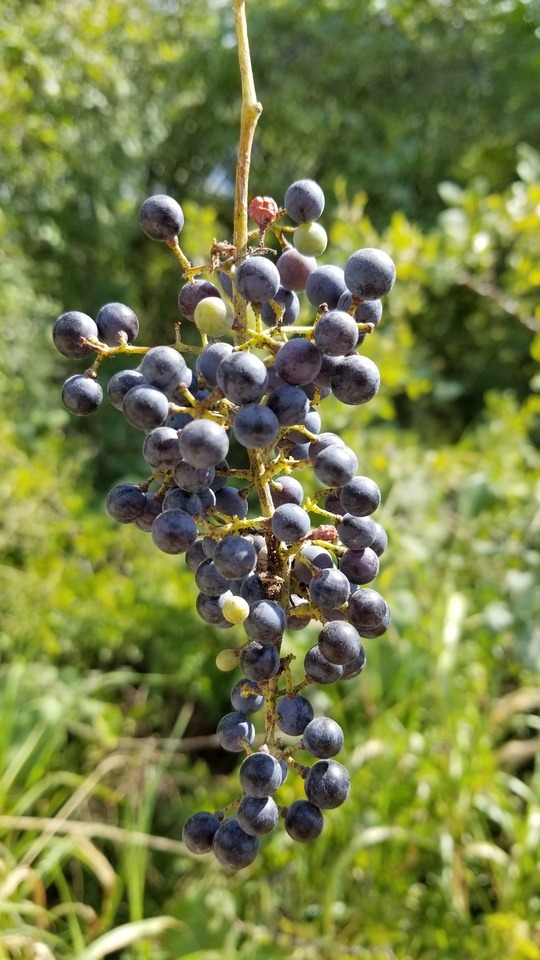
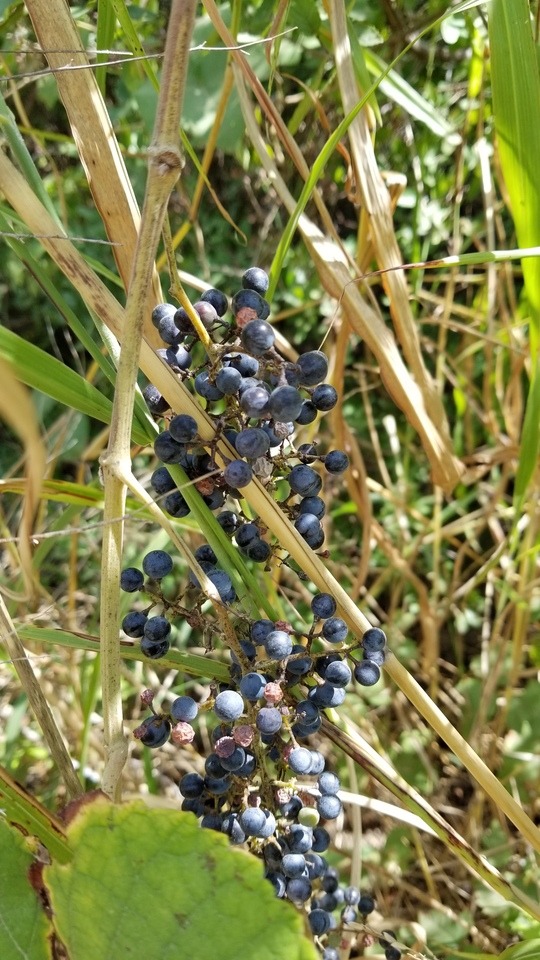

Mexican plum (Prunus mexicana), Spanish gold (Grindelia papposa), Virginia creeper (Parthenocissus quinquefolia), roughleaf dogwood (Cornus drummondii), and fox grape (Vitis vulpina), somewhere between Frisco and Little Elm. @offthebeatenpathtexas showed me this place for the Spanish gold, which I'd been lookin to grow for many years now. It's an annual wildflower related to thistles and sunflowers, and every part of it glistens like an elegant jewel. It's kinda like live oaks in that regard.
Apparently Brad releases raccoons and possums here that he catches as part of his job. I'm kinda sad that I didn't get to see em, but it was the middle of the day when I went, so they were probly hidin from the sun anyways. Ah well :)
Thanks Brad! :D
10 notes
·
View notes